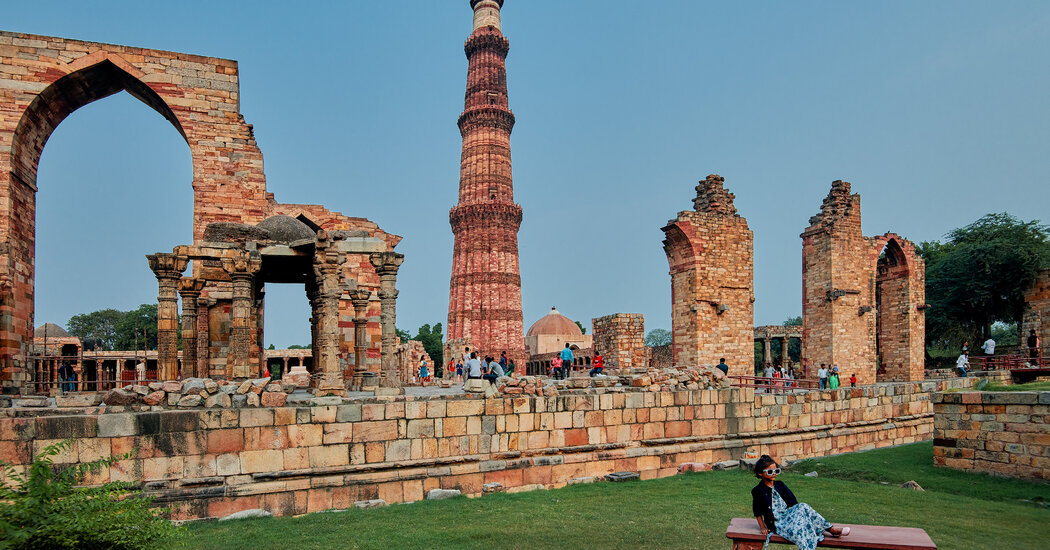“Delhi is a soldiers’ town, a politicians’ town, journalists’, diplomats’ town. It is Asia’s Washington, though not so picturesque,” wrote Jan Morris, the acclaimed British travel writer, half a century ago.
“The only culture in Delhi is agriculture,” went another put-down.
But art and culture follow money, and for the past two decades Delhi has experienced a sea change. Thanks largely to a real estate boom and the rise of the high-tech suburb of Gurgaon, Delhi has doubled its number of high-net-worth individuals in five years, built a metro system rivaling New York City’s in size, and nurtured a burgeoning cosmopolitan class.
To find where this creative crowd gallery-hops, shops and otherwise chills, go south. The rising neighborhoods of Hauz Khas Village, Lado Sarai and Mehrauli’s “Style Mile” teeter on the edge of Delhi’s Outer Ring Road, almost equidistant from Gurgaon’s call centers and the central city’s ziggurats and domes.
“It’s a very dynamic location,” said Bhim Bachchan, who returned to Delhi after a career in U.S. investment banking to run an e-commerce studio and resort wear store, Ramola Bachchan, in the Soho-esque Hauz Khas Village. “There’s a new class of hip, young, often wealthy people from both the suburbs and central Delhi that congregates around these hot spots on the edge of town. They’ve been cooped up during Covid. Now they’re out.”
‘The East Village of Delhi’
The 13th-century, 238-foot-high Qutab Minar hovers over these neighborhoods: a fluted, sandstone tower that is illuminated after dark like an epic lighthouse for navigating the meandering streets. Here and there, medieval ruins poke like dinosaur bones through modern developments.
Visitors coming by taxi to Hauz Khas Village — the most northerly and established of these neighborhoods — get dropped in a parking lot a few yards from the village’s three main streets that circle into each other, next to a reservoir and deer park where sultans once hunted. Now, teens in heavy metal T-shirts, munching on the local street food, golgappa (syrup-filled puff balls), sit astride the broken domes of madrasas where Muslim scholars once studied, while bars and galleries adjoin weathered walls and terraces. The name Hauz Khas is Urdu for “Royal Water Tanks,” which still surround the village like sentinels standing guard against the smog and clamor of the city beyond the deer park.
Strolling Hauz Khas’s alleys, one comes across…
Click Here to Read the Full Original Article at NYT > Travel…
